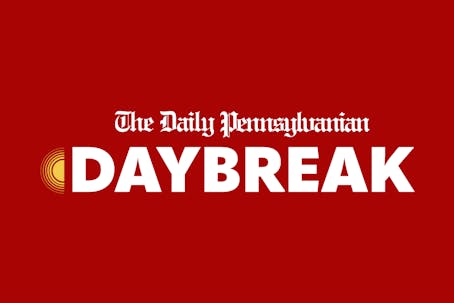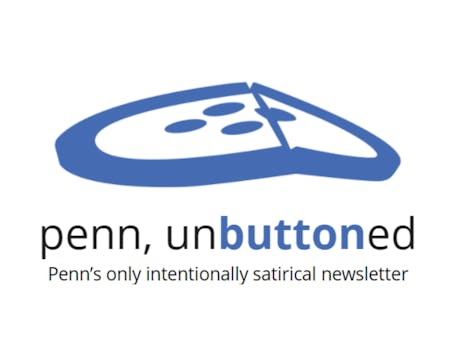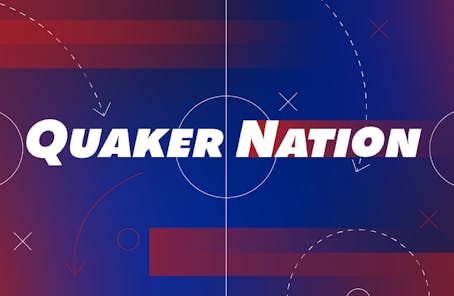Brown University was the only Ivy League school to report a decrease in applications. Penn posted a 6 percent gain. Admissions applications in the Ivy League are up almost across the board this year, with all but one of the eight institutions showing increases in the number of applications received for the Class of 2003, according to official statistics released by the schools. Penn fell into the middle of the group, with the number of applications received increasing by more than 6 percent to 17,606, according to Admissions Dean Lee Stetson. The University "must be pleased" with the growing number of applications, Stetson said, noting that Penn showed "one of the top increases in the country." Princeton University had by far the largest gain among the Ivy schools, with a 14.3 percent jump in applications, followed by Yale and Harvard universities, Penn and Columbia University. Brown University was the only Ivy to receive fewer applications in 1999, dropping five percent from 15,490 last year to 14,732 this year, according to Julia Bengochea, the Brown Admissions Office systems manager. Cornell University and Dartmouth College both recorded slight increases over last year. Princeton Admissions Dean Fred Hargadon said that he has no explanation for the school's tremendous increase in applications to 14,860 in 1999 from 13,006 last year. Princeton's announcement last year that it would offer more lucrative financial aid packages to low- and middle-income students probably had "some impact," he said, but he noted that a number of other universities followed suit by offering increased aid. Also last year, Princeton saw its men's basketball team rise as high as No. 8 in national rankings, attracting a huge amount of media attention. Yale saw a 10.5 percent increase in applications, from 11,947 last year to 13,190 this year, according to Undergraduate Admissions Director Margit Odahl. The increase came in spite of several high-profile negative incidents over the past year. Recent events at the New Haven, Conn., school -- including the murder of a student last December in which a professor was named as a suspect and the arrest of another professor on child pornography charges -- were unlikely to affect high school students' decisions to apply, she said, explaining that students can separate such incidents from the "tone" of an institution. Applications had remained steady around 12,000 for a number of years, until this increase. Last year's acceptance rate of 18 percent will likely drop, Odahl said. The number [of applications] was "higher than we expected," she said, and is an all-time high for Yale. Following closely behind Yale's gains, Harvard received 18,100 applications this year, an increase of 8 percent over last year, according to Admissions Director Marlyn Lewis. Harvard's new financial aid policy might have helped boost the number of applications, she said, adding that a number of alumni who conduct interviews for the school said students offered that policy as a reason for applying. However, Lewis noted, there is "some randomness" in the pattern of applications to any university. Columbia was the only other school to report a significant increase in applications this year. Eric Furda, Columbia's director of undergraduate admissions, said the New York City university received 15,236 applications, a 5.4 percent increase over 1998. Columbia has seen "phenomenal growth" in the number of students applying for admission in recent years, he said, noting that applications have risen 91 percent over the past six years. The admissions rate dropped to 17 percent last year, lower than only Harvard and Princeton in the Ivies. Furda attributed the recent growth to improved programs and events organized by Columbia's admissions office, as well as an increased willingness by parents "to look at New York City as a college option" as it has become cleaner and safer in recent years. The size of Dartmouth's applicant group remained largely unchanged this year, according to Rose Murphy, an assistant to Dartmouth Admissions Dean Karl Furstenberg. The Hanover, N.H., school received10,220 applications for the Class of 2003, an increase of 0.8 percent over last year. Despite the almost unchanged number of applications, the number of students admitted is expected to be "a bit smaller than last year," she noted, because of an unexpectedly large yield in 1998. Dartmouth's admission rate was 21 percent last year. Cornell had the smallest increase in the number of students applying for admission this year among the seven schools reporting increases. The Ithaca, N.Y., school received 0.4 percent more applications in 1999 than last year, for a total of 19,934, Director of Undergraduate Admissions Nancy Meislahn said.
The Daily Pennsylvanian is an independent, student-run newspaper. Please consider making a donation to support the coverage that shapes the University. Your generosity ensures a future of strong journalism at Penn.
DonatePlease note All comments are eligible for publication in The Daily Pennsylvanian.




